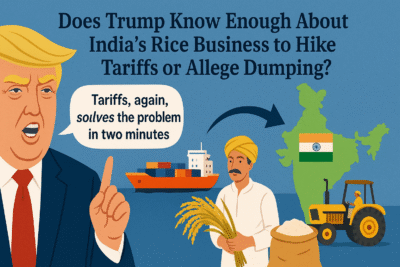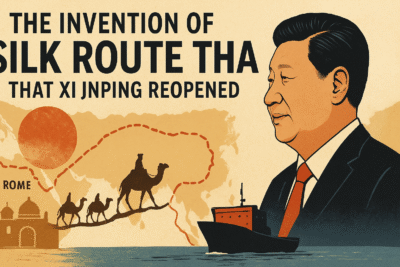
A woman carry her articles from farm to home in Darbhanga, Bihar. (Photo: TFP)
The Swaminathan Commission, officially known as the National Commission on Farmers (NCF), was constituted in 2004 to address various issues faced by the Indian agricultural sector. One of its key recommendations was the adoption of a new formula for calculating the Minimum Support Price (MSP) for crops, popularly known as the Swaminathan formula.
The formula
The Swaminathan formula proposes setting the MSP at C2 + 50% of C2, where:
C2: Represents the comprehensive cost of production, which includes:
Actual paid-out expenses incurred by farmers for inputs like seeds, fertilizers, labour, etc.
Imputed value of family labor employed on the farm.
Rental value of owned land.
Rationale
The Swaminathan formula aims to ensure that farmers receive a fair return on their investment and efforts. The 50% margin over the cost of production is intended to provide income security and compensate for risks associated with agriculture, such as weather fluctuations and price volatility.
Reasons for non-implementation
Despite its potential benefits, the Swaminathan formula has not been implemented in its entirety by the Indian government. Here are some of the key reasons cited:
Fiscal burden: Implementing the formula for all mandated crops could significantly increase government expenditure, putting pressure on the fiscal deficit.
Logistical challenges: Determining the accurate cost of production, particularly the imputed value of family labor and owned land, can be complex and pose logistical challenges.
Market distortion: Critics argue that setting MSPs too high could distort market forces, discourage private investment in agriculture, and lead to issues like surplus production and storage.
Political considerations: Balancing the interests of farmers, consumers, and the government can be politically challenging, making full implementation a complex decision.
Current scenario
The government currently sets MSPs based on the C2 formula, which considers only the actual paid-out expenses incurred by farmers. While this represents a move towards the Swaminathan formula, it doesn’t include the crucial 50% margin over cost of production.
This formula takes into account the actual paid-out expenses incurred by farmers for various inputs like seeds, fertilizers, labor, etc.
Here’s a breakdown of the C2 formula:
- C2 = A2 + FL
- A2: Represents the actual paid-out expenses incurred by farmers on various inputs like seeds, fertilizers, irrigation, hired labor, etc.
- FL: Represents the imputed value of family labor employed on the farm.
However, it’s important to note that this formula differs from the Swaminathan formula in a crucial way:
- Swaminathan Formula: C2 + 50% of C2
- Current Formula (C2 formula): C2
The key difference lies in the absence of the 50% margin over the cost of production in the current formula. The Swaminathan Commission recommended adding this margin to ensure fair returns and income security for farmers, but it hasn’t been fully implemented by the government.
Here are some additional points to consider:
- The government announces MSPs for 22 mandated crops, including major cereals, pulses, oilseeds, and cotton.
- The MSP serves as a reference price for government procurement operations, but market prices can fluctuate above or below the MSP.
- The debate surrounding the current formula and the need to implement the Swaminathan formula in its entirety remains ongoing, with concerns regarding fiscal implications, market distortions, and farmer welfare playing a central role in the discussion.
Debate continues
The debate surrounding the Swaminathan formula remains unresolved. Proponents argue that it is essential for ensuring farmer welfare and improving agricultural sustainability. Opponents raise concerns about its economic feasibility and potential unintended consequences.
Conclusion
The Swaminathan formula, while well-intentioned, presents a complex issue with no easy solutions. Addressing farmer income concerns requires a multi-pronged approach that considers not only price support mechanisms but also investments in infrastructure, market access, and risk mitigation strategies.



